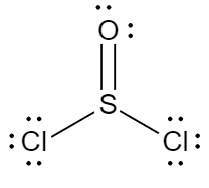Predict the products of the following reactions, indicating both regiochemistry (orientation of addition) and stereochemistry where appropriate. "No Reaction" could be an answer. (Ctrl) - SOCI2 c) -CH-CHp-он d) 1) K -CH-CHp-он -> 2) CH3CH2CH2-I
Reactions of Ethers
Ethers (R-O-R’) are compounds formed by replacing hydrogen atoms of an alcohol (R-OH compound) or a phenol (C6H5OH) by an aryl/ acyl group (functional group after removing single hydrogen from an aromatic ring). In this section, reaction, preparation and behavior of ethers are discussed in the context of organic chemistry.
Epoxides
Epoxides are a special class of cyclic ethers which are an important functional group in organic chemistry and generate reactive centers due to their unusual high reactivity. Due to their high reactivity, epoxides are considered to be toxic and mutagenic.
Williamson Ether Synthesis
An organic reaction in which an organohalide and a deprotonated alcohol forms ether is known as Williamson ether synthesis. Alexander Williamson developed the Williamson ether synthesis in 1850. The formation of ether in this synthesis is an SN2 reaction.

C) Here, in the first reaction, the reagent is SOCl2, its is called reagent friday, the structure is,

Here, the reaction proceeds through SN2 .
Here, the first step involves the attack of the oxygen atom on sulfur, this displaces the chloride ion. The next step involves the bach side attack of chlorine, forming an inversion of configuration.
Step by step
Solved in 3 steps with 4 images









